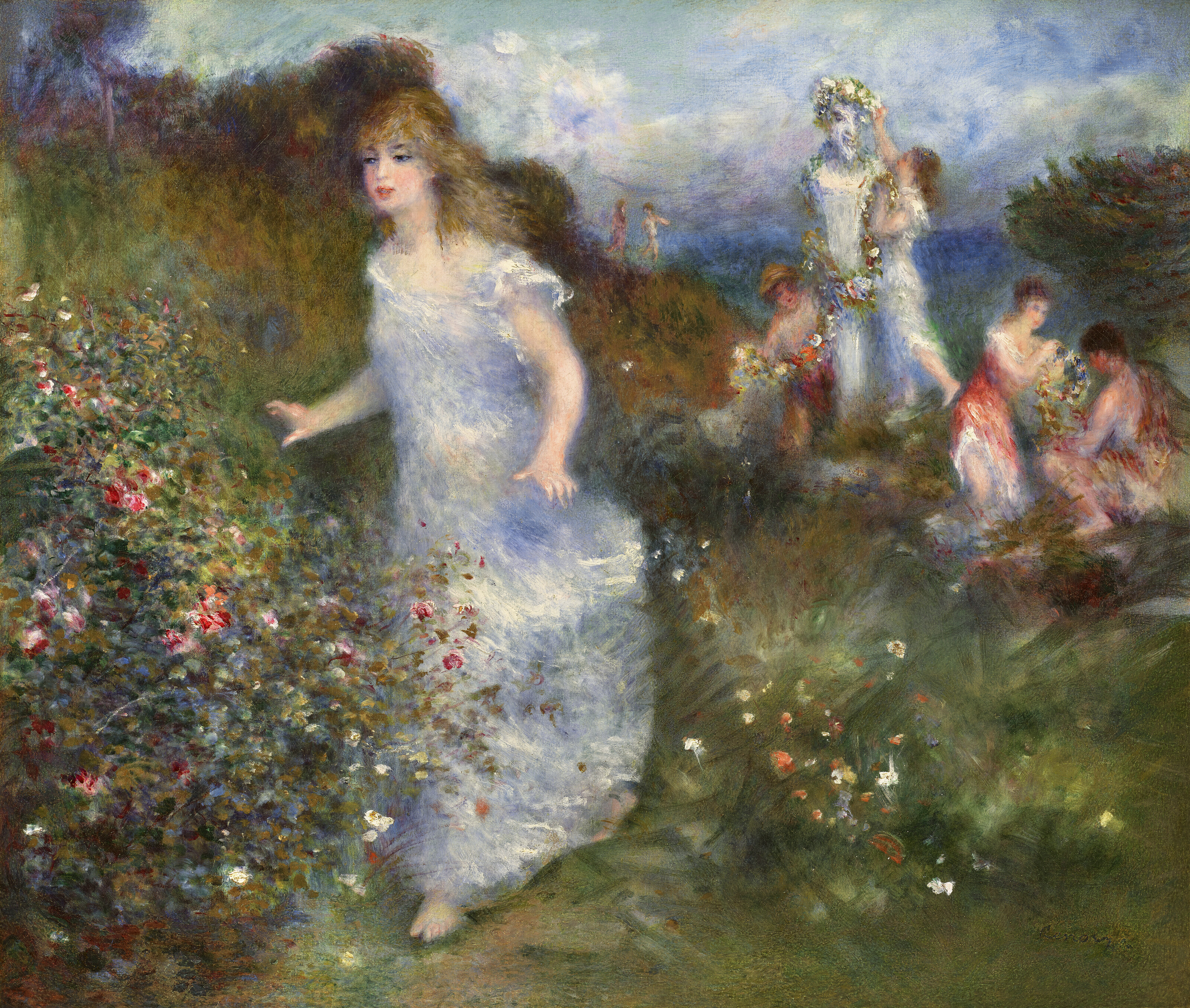• "They tell you that a tree is only a combination of chemical elements. I prefer to believe that God created it, and that it is inhabited by a nymph".
• "Ti dicono che un albero è solo una combinazione di elementi chimici. Io preferisco credere che sia stato Dio a crearlo e che sia abitato da una ninfa".








































